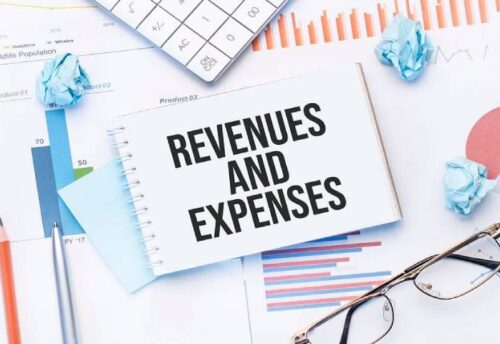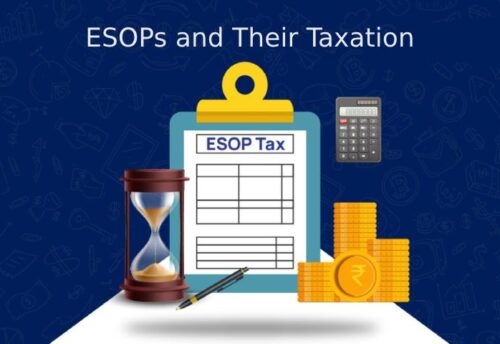
- 28/03/2025
- MyFinanceGyan
- 132 Views
- 5 Likes
- Finance
How to Restructure Your Loan: Understanding Loan Restructuring
The COVID-19 pandemic had a massive impact on people’s finances. Many lost their jobs, salaries were reduced, and meeting daily expenses became difficult. One of the biggest challenges was paying loan EMIs on time. To help borrowers avoid defaulting, the Reserve Bank of India (RBI) introduced a loan restructuring scheme. But what exactly is loan restructuring, and how does it help? Let’s explore.
What is Loan Restructuring?
Loan restructuring is a service provided by banks to help borrowers who are struggling to repay their loans. It allows them to modify loan terms, making repayment easier. Borrowers can request loan restructuring if they face financial hardship. The process may involve renegotiating terms with the same lender or switching to a new lender through a ‘balance transfer.’
Example of Loan Restructuring:
Anil took a personal loan of Rs. 5 lakh and paid a monthly EMI of Rs. 12,000. He managed well until the pandemic, when his salary was reduced by 40%. With his reduced income, he found it difficult to pay the EMI and was at risk of defaulting.
Anil approached his bank for help. After reviewing his case, the bank agreed to extend his loan tenure from 5 years to 7 years. This lowered his EMI from Rs. 12,000 to Rs. 8,500, making it easier to manage. The bank also converted part of his loan into another loan with a lower interest rate, reducing his financial burden further. This allowed Anil to continue making payments without damaging his credit score.
How Does Loan Restructuring Work?
The goal of loan restructuring is to ease the financial strain on borrowers while ensuring the lender recovers the loan. Here’s how it works:
- Extending the loan tenure: This spreads repayments over a longer period, reducing the monthly EMI.
- Reducing the interest rate: This lowers the total amount paid as interest over time.
- Deferring payments: Allows temporary postponement of EMI payments.
- Reducing the loan principal: In rare cases, lenders may agree to reduce a portion of the total loan amount.
When Should You Consider Loan Restructuring?
You should think about loan restructuring if:
- You are unable to make timely repayments.
- You have defaulted on your EMI or credit card dues.
- You have multiple loans and are facing cash flow issues.
- You took a loan at a high-interest rate and now want better terms.
- You lost your job and are facing financial stress.
Steps to Apply for Loan Restructuring:
- Contact your lender: If you’re struggling to pay your EMIs, inform your bank as soon as possible.
- Discuss available options: The bank will assess your financial situation and suggest restructuring options.
- Negotiate the terms: Be ready to provide documents proving your financial hardship.
- Sign the agreement: Once the terms are finalized, you’ll receive a new loan agreement with revised terms.
Types of Loan Restructuring:
Loan Modification:
- Adjusts loan terms to make repayments easier.
- Can include lowering interest rates, extending tenure, or changing payment schedules.
- Helps borrowers manage payments without defaulting.
Debt Settlement:
- The lender agrees to accept a lump sum payment that is lower than the total outstanding amount.
- This option is usually considered when a borrower has no other means of repayment.
- While it provides relief, it can negatively impact credit scores and future loan approvals.
Things to Keep in Mind:
- Loan restructuring may come with additional charges like processing fees.
- It could impact your credit score, as it signals financial distress.
- Lenders review each request carefully and may reject restructuring applications if they see high default risk.
Loan restructuring can be a helpful tool for borrowers in financial trouble, but it’s not a one-size-fits-all solution. If you’re facing difficulties in repaying your loan, reach out to your bank and explore available options.
Disclaimer: This article is for educational purposes only and does not recommend any specific loan product.



